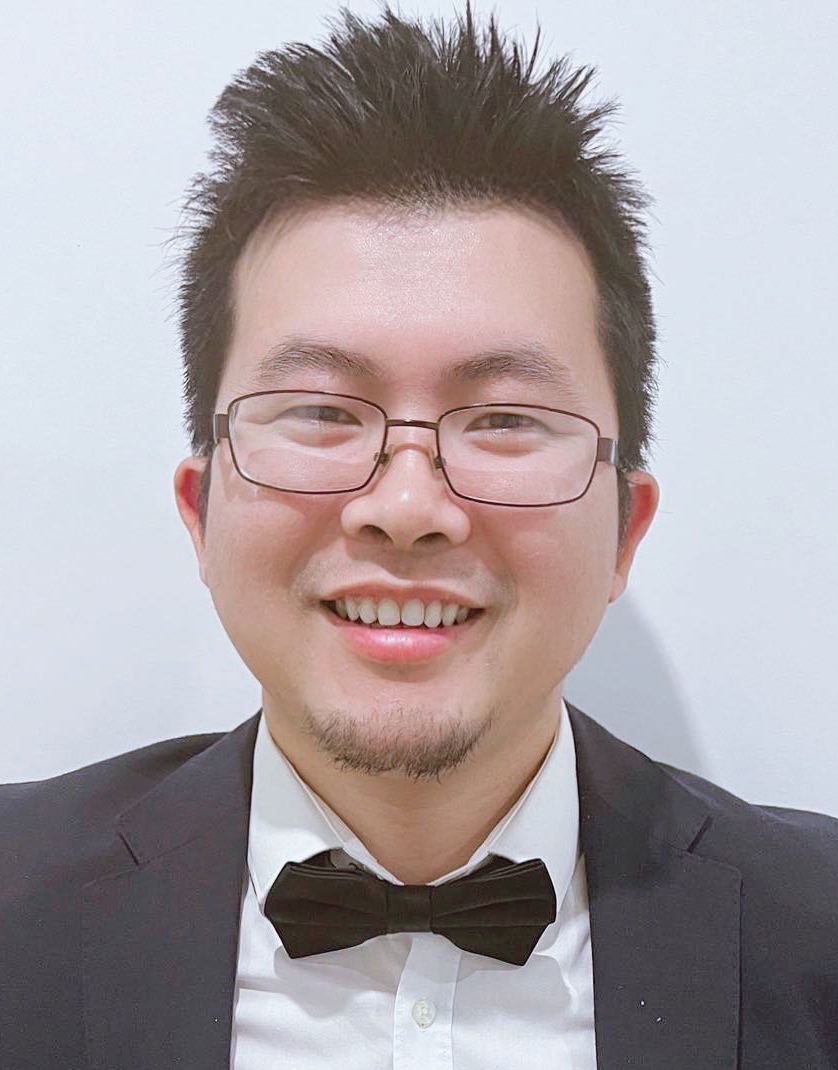

题目:Friction Damping for Turbomachinery: Modelling, Design Strategies, and Testing Capabilities
时间:2024年7月31日 10:00-11:30
地点:hga010网页登录 F207会议室
邀请人:张振果 副教授(振动、冲击、噪声研究所)
Biography
 Dr. Jie Yuan is an Assistant Professor at the University of Southampton currently holding a research fellowship from the Royal Academy of Engineering. He obtained his PhD in aerospace dynamics from the Rolls Royce Composite UTC at the University of Bristol in 2016. He was a Research Fellow in Rolls Royce Vibration UTC at Imperial College between 2017 and 2020. He was also a research engineer in robust aircraft design at Airbus UK between 2015 and 2017. He is a Member and Chartered Engineer of the Royal Aeronautic Society and a Fellow of the High Education Academy. His research focused on developing robust computational methods to facilitate the design and optimisation of complex and large-scale nonlinear aerospace systems, including the following three research lines (1) Computational methods for complex dynamical systems (2) Dynamic control using novel functional material and interface (3) Non-deterministic approaches for robust system optimisation and identification. He has published more than 30 good journal papers in the field and won the best paper award in the IMAC conference in 2022.
Dr. Jie Yuan is an Assistant Professor at the University of Southampton currently holding a research fellowship from the Royal Academy of Engineering. He obtained his PhD in aerospace dynamics from the Rolls Royce Composite UTC at the University of Bristol in 2016. He was a Research Fellow in Rolls Royce Vibration UTC at Imperial College between 2017 and 2020. He was also a research engineer in robust aircraft design at Airbus UK between 2015 and 2017. He is a Member and Chartered Engineer of the Royal Aeronautic Society and a Fellow of the High Education Academy. His research focused on developing robust computational methods to facilitate the design and optimisation of complex and large-scale nonlinear aerospace systems, including the following three research lines (1) Computational methods for complex dynamical systems (2) Dynamic control using novel functional material and interface (3) Non-deterministic approaches for robust system optimisation and identification. He has published more than 30 good journal papers in the field and won the best paper award in the IMAC conference in 2022.
Abstract
Friction interfaces are unavoidable components of large engineering assemblies since they enable complex designs, ensure alignment, and enable the transfer of mechanical loads between the components. Unfortunately, they are also a major source of nonlinearities and uncertainty in the static and dynamic response of the assembly, due to the complex frictional physics occurring at the interface. In this talk, Dr Jie Yuan will review the concepts of friction damping in turbomachinery and the development of friction-damping devices in the last 20 years. Then, the focus of the presentation will be on numerical modelling and simulation with a particular emphasis on reduced order modelling techniques and muti-scale modelling analysis. The experimental testing rigs will be briefly reviewed. Finally, the robust design and optimization perspective of the friction dampers will be presented followed by highlighting the challenges and development opportunities in future.
